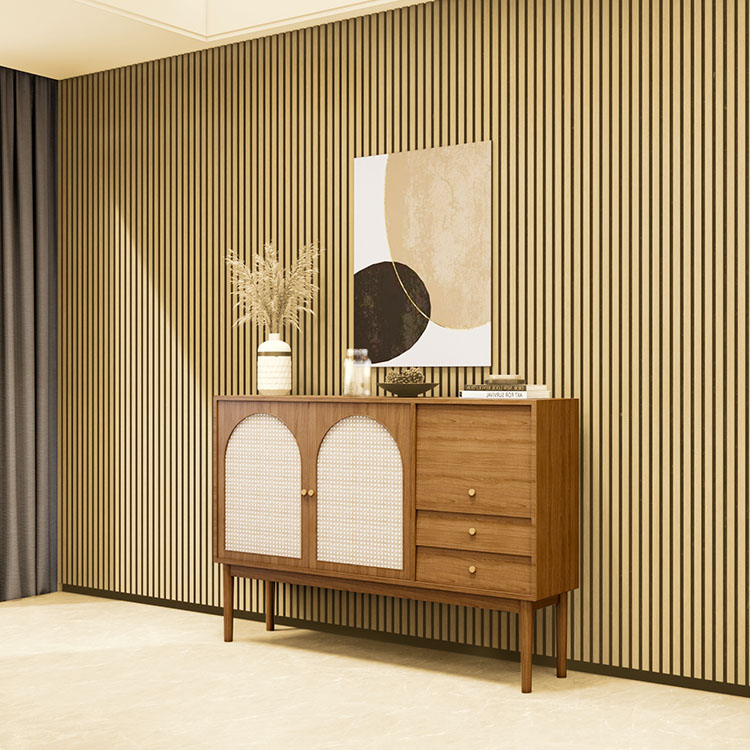Soundproofing a studio is a critical investment for musicians, podcasters, content creators, and audio professionals who want to produce clean, high-quality sound without interference. But a common question we hear is: How much does it really cost to soundproof a studio?
At Guangdong Liyin Acoustics Technology Co., Ltd. ( Leeyin ) , we are proud to be a leading manufacturer and exporter of wood slat acoustic panels in China. With a 20,000 m² modern facility and global distribution network, we help businesses and creative professionals achieve studio-grade acoustics — without breaking the bank.
🎯 Understanding the Cost of Studio Soundproofing
The total cost of soundproofing a studio depends on several key factors:
1. Room Size
-
Small Studio (10–15 m²): $500 – $2,000+
-
Medium Studio (20–30 m²): $2,000 – $4,000+
-
Large Studio (50 m² or more): $5,000 – $10,000+
2. Soundproofing Goals
-
Basic Treatment (Reducing echo & reflections) – Affordable with acoustic panels.
-
Complete Isolation (Preventing sound from leaving/entering) – Involves additional materials and construction.
🧱 Breakdown of Soundproofing Materials and Costs
| Item | Estimated Cost Range | Description |
|---|---|---|
| Acoustic Panels (Wall/Ceiling) | $20–$60 per panel | Ideal for treating sound reflections and improving clarity |
| Bass Traps | $50–$150 each | Absorb low frequencies in corners |
| Soundproof Door Seals | $80–$300 | Block sound leaks from door gaps |
| Mass Loaded Vinyl | $2–$5 per sq. foot | Heavy barrier for wall/ceiling soundproofing |
| Green Glue + Drywall Layers | $1,000+ (installed) | Effective for wall isolation |
| Floor Underlayment & Carpeting | $5–$10 per sq. foot | Reduce sound transfer through floors |
🎵 Cost-Effective Solutions from Liyin Acoustics
At Liyin Acoustics, we specialize in PET+MDF wood slat acoustic panels that combine elegance, sustainability, and acoustic performance. These panels are widely used in studios, offices, hotels, and homes to control reverberation and enhance audio quality.
✅ Our Panels Feature:
-
Standard Size: 600mm x 2400mm (custom sizes available)
-
Material: E0-grade MDF + recyclable PET felt
-
Certifications: FSC Certified, EN13501 fire-rated, low formaldehyde (E0 standard)
-
Finish Options: Oak, walnut, black, grey, and more
Compared to traditional foam, Liyin’s wood slat acoustic panels offer both superior sound absorption and modern aesthetics.
📉 Save More with Direct Factory Supply
As a B2B supplier, Liyin Acoustics offers competitive pricing for bulk orders, fast shipping, and OEM/ODM services to suit your brand’s needs. Whether you're a studio builder, interior designer, or distributor, we provide high-value solutions at scale.
